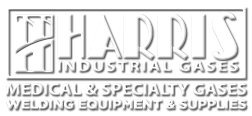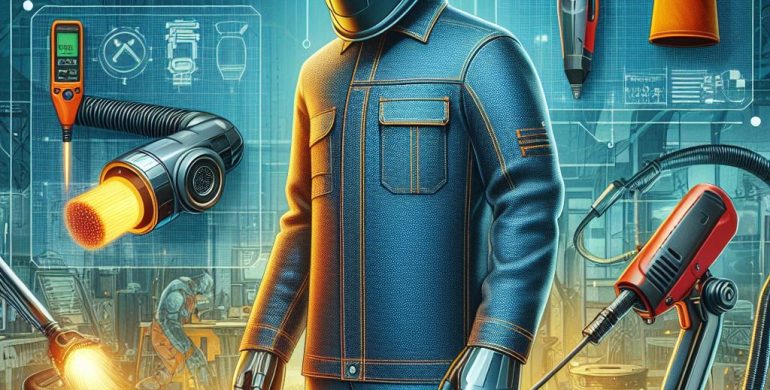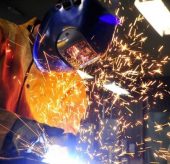Welding Safety Innovations
Sacramento Sparks Reno Welding Supply
Welding Safety Innovations
Welding, an indispensable process in manufacturing, construction, and repair, inherently involves risks due to exposure to high heat, intense light, and hazardous fumes. However, recent advancements in safety equipment and practices are significantly mitigating these risks, marking a new era in occupational health and safety within this field.
Innovative Protective Gear
At the forefront of these advancements is the evolution of personal protective equipment (PPE). Modern welding helmets now feature auto-darkening technology, which automatically adjusts the lens shade in response to the welding arc’s intensity. This not only protects the welder’s eyes from harmful rays but also improves visibility, reducing the risk of accidents.
Furthermore, the latest in protective clothing incorporates flame-resistant materials that offer enhanced durability and heat resistance without compromising on comfort. Innovations such as breathable fabrics and ergonomic designs ensure that welders can work for extended periods without the discomfort traditionally associated with heavy protective gear.
Advanced Ventilation Systems
Another significant leap forward has been in the development of advanced ventilation systems. Recognizing that effective fume extraction is crucial in minimizing welders’ exposure to hazardous substances, modern systems are designed to be more efficient and adaptable to different working environments.
Local exhaust ventilation (LEV) systems have become increasingly sophisticated, capable of capturing fumes at their source and significantly reducing the concentration of contaminants in the air. Portable and adjustable units now allow for flexibility, ensuring that welders have access to safe breathing conditions in various locations and configurations.
Additionally, the integration of smart technology into ventilation systems enables real-time monitoring of air quality. This not only ensures compliance with safety standards but also allows for immediate adjustments to improve working conditions, further protecting workers’ health.
Safer Practices Through Education
Complementing these technological advancements, there is a growing emphasis on education and training. Welding professionals are now more informed about the risks associated with their work and the importance of using the newly available safety equipment correctly. This knowledge, combined with hands-on training, is instrumental in fostering a culture of safety, ensuring that best practices are followed consistently.
As we move forward, the continued innovation in protective gear and ventilation systems, coupled with a strong focus on education, promises to make welding safer than ever before. These advancements not only protect workers but also enhance efficiency and productivity, demonstrating a commitment to both safety and excellence in the welding industry.





